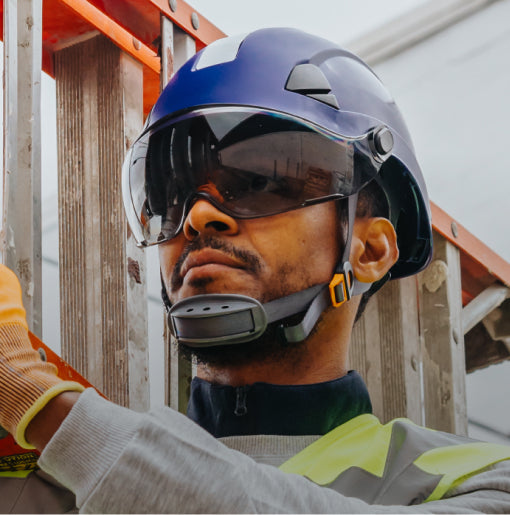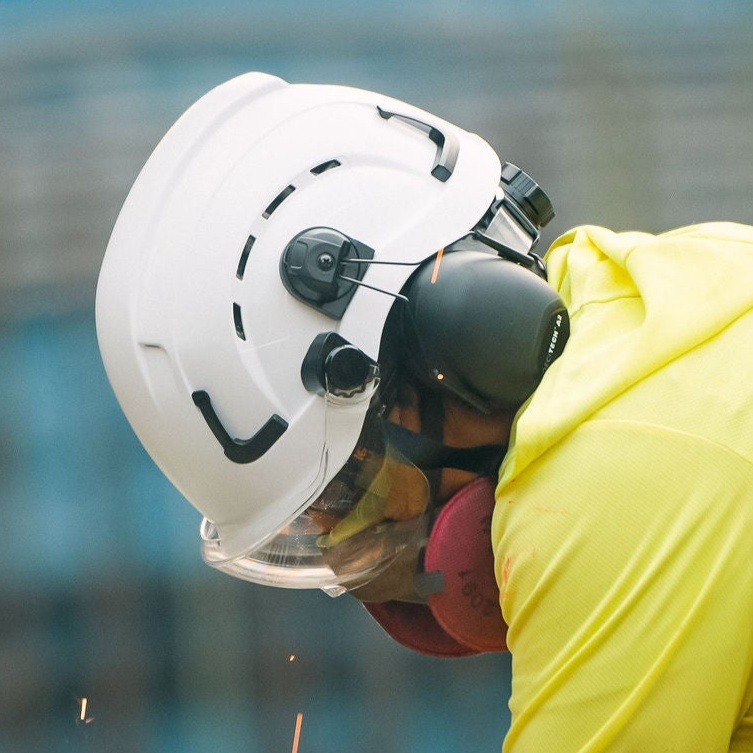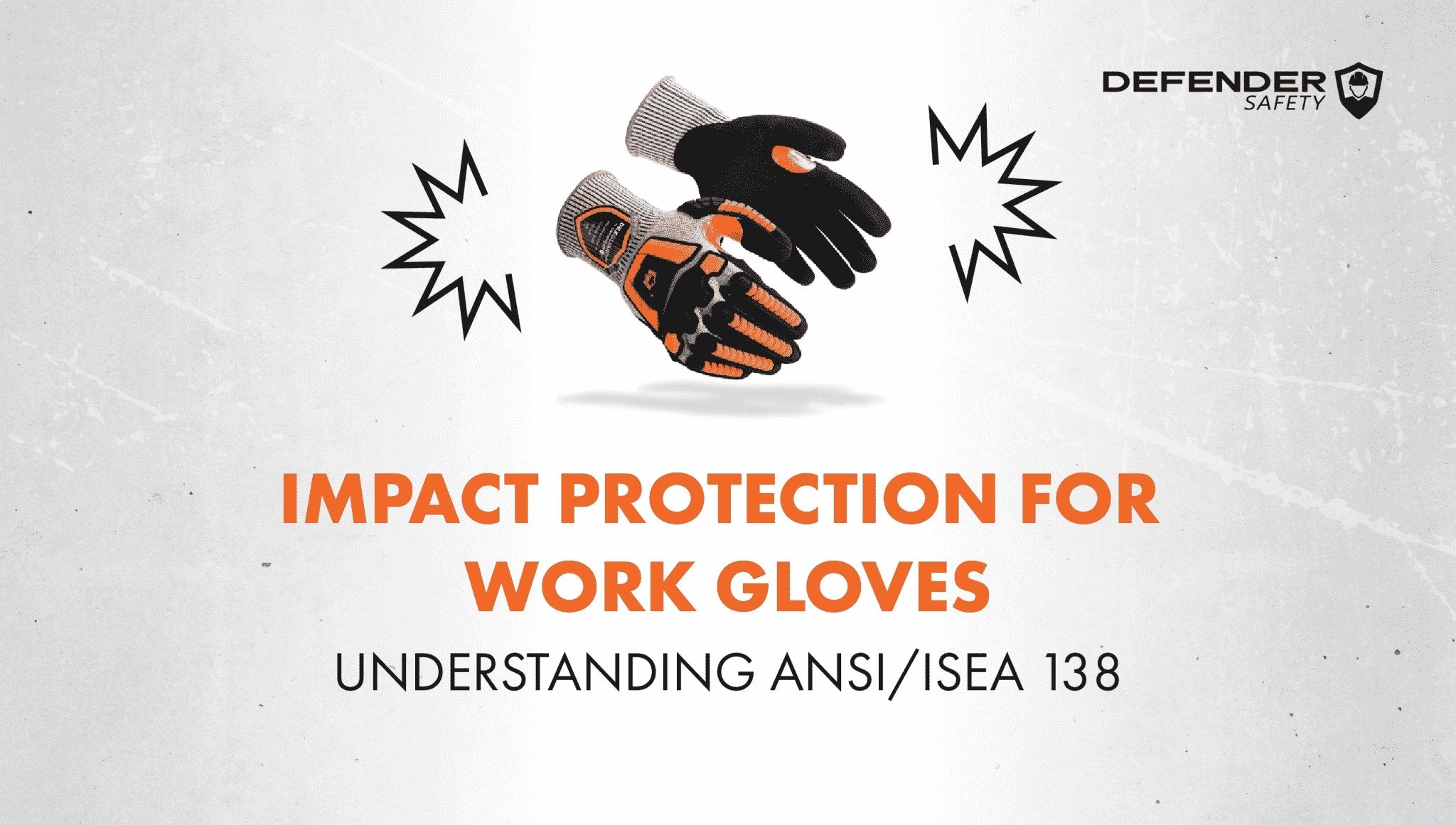Introduction:
When selecting the ideal gloves for your workplace, considering the glove coating is as important as considering the glove material itself. Different coatings offer various levels of grip, dexterity, and resistance to chemicals or abrasions. In this blog, we will discuss five common glove coatings – foam nitrile, nitrile textured, foam latex, latex textured, and polyurethane – and the ideal application scenarios, as well as their pros and cons.
Foam Nitrile Coated Gloves:
Foam nitrile coated gloves offer excellent grip, particularly in oily or wet environments, and provide good abrasion resistance. These gloves are flexible, making them suitable for tasks that require dexterity.
Ideal scenarios: Automotive industry, assembly, material handling, and construction.
Pros:
- Great grip in oily and wet conditions
- Good abrasion resistance
- Flexible and dexterous
Cons:
- Limited chemical resistance
- May not be suitable for people with latex allergies
Nitrile Textured Coated Gloves:

Nitrile textured coated gloves provide a more robust grip in dry, wet, or oily conditions compared to foam nitrile. These gloves offer excellent chemical resistance, making them ideal for tasks involving exposure to oils, greases, or chemicals.
Ideal scenarios: Chemical processing, maintenance, food processing, and handling oily parts.
Pros:
- Strong grip in various conditions
- Excellent chemical resistance
Cons:
- Less flexible compared to foam nitrile
- May not be suitable for people with latex allergies
Foam Latex Coated Gloves:

Foam latex coated gloves offer superior grip and dexterity in dry or slightly wet conditions. They are more breathable and comfortable than nitrile gloves but provide limited chemical resistance.
Ideal scenarios: Warehousing, gardening, construction, and light assembly tasks.
Pros:
- Excellent grip in dry or slightly wet conditions
- High dexterity
- Breathable and comfortable
Cons:
- Limited chemical resistance
- Not suitable for people with latex allergies
Latex Textured Coated Gloves:

Latex textured coated gloves provide a stronger grip compared to foam latex gloves, but they have similar limitations in terms of chemical resistance. They are ideal for tasks that require a secure grip and some degree of abrasion resistance.
Ideal scenarios: Construction, material handling, landscaping, and maintenance tasks.
Pros:
- Strong grip in various conditions
- Some abrasion resistance
- Durable
Cons:
- Limited chemical resistance
- Not suitable for people with latex allergies
Polyurethane Coated Gloves:

Polyurethane (PU) coated gloves offer a high level of dexterity, excellent tactile sensitivity, and good abrasion resistance. They are often used in precision tasks, electronics, or assembly work that requires a high level of touch sensitivity.
Ideal scenarios: Electronics assembly, precision tasks, automotive industry, and cleanroom applications.
Pros:
- High dexterity and tactile sensitivity
- Good abrasion resistance
- Suitable for people with latex allergies
Cons:
- Limited grip in wet or oily conditions
- Limited chemical resistance
Conclusion:
Selecting the right glove coating depends on the specific tasks and hazards in your workplace. Evaluate the grip, dexterity, chemical resistance, and other requirements of your tasks to choose the best glove coating for your needs. By understanding the unique characteristics of each glove coating, you can ensure that your workers have the appropriate hand protection to minimize injuries and enhance workplace safety. Defender Safety’s Dexguard line is the ideal choice when choosing your work gloves. They are eco-friendly, high quality and come in a wide range of cut levels, impact levels and coatings to give you the protection you need for the task at hand. To learn more about the Dexguard line click on the link below:


 Nitrile textured coated gloves provide a more robust grip in dry, wet, or oily conditions compared to foam nitrile. These gloves offer excellent chemical resistance, making them ideal for tasks involving exposure to oils, greases, or chemicals. Ideal scenarios: Chemical processing, maintenance, food processing, and handling oily parts. Pros:
Nitrile textured coated gloves provide a more robust grip in dry, wet, or oily conditions compared to foam nitrile. These gloves offer excellent chemical resistance, making them ideal for tasks involving exposure to oils, greases, or chemicals. Ideal scenarios: Chemical processing, maintenance, food processing, and handling oily parts. Pros:
 Foam latex coated gloves offer superior grip and dexterity in dry or slightly wet conditions. They are more breathable and comfortable than nitrile gloves but provide limited chemical resistance. Ideal scenarios: Warehousing, gardening, construction, and light assembly tasks. Pros:
Foam latex coated gloves offer superior grip and dexterity in dry or slightly wet conditions. They are more breathable and comfortable than nitrile gloves but provide limited chemical resistance. Ideal scenarios: Warehousing, gardening, construction, and light assembly tasks. Pros:
 Latex textured coated gloves provide a stronger grip compared to foam latex gloves, but they have similar limitations in terms of chemical resistance. They are ideal for tasks that require a secure grip and some degree of abrasion resistance. Ideal scenarios: Construction, material handling, landscaping, and maintenance tasks. Pros:
Latex textured coated gloves provide a stronger grip compared to foam latex gloves, but they have similar limitations in terms of chemical resistance. They are ideal for tasks that require a secure grip and some degree of abrasion resistance. Ideal scenarios: Construction, material handling, landscaping, and maintenance tasks. Pros:
 Polyurethane (PU) coated gloves offer a high level of dexterity, excellent tactile sensitivity, and good abrasion resistance. They are often used in precision tasks, electronics, or assembly work that requires a high level of touch sensitivity. Ideal scenarios: Electronics assembly, precision tasks, automotive industry, and cleanroom applications. Pros:
Polyurethane (PU) coated gloves offer a high level of dexterity, excellent tactile sensitivity, and good abrasion resistance. They are often used in precision tasks, electronics, or assembly work that requires a high level of touch sensitivity. Ideal scenarios: Electronics assembly, precision tasks, automotive industry, and cleanroom applications. Pros:











